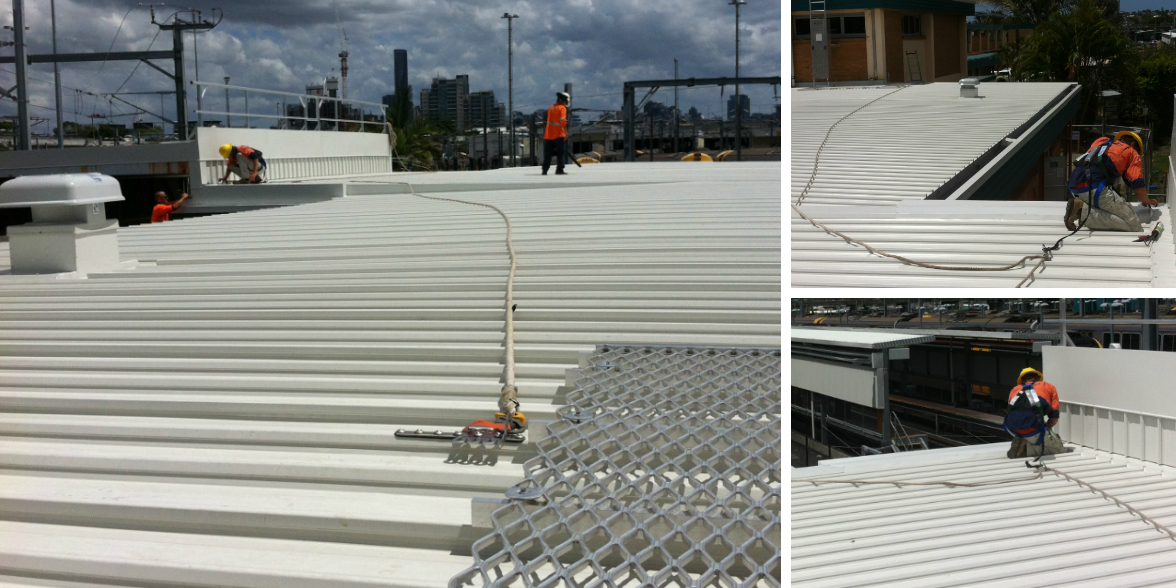
The Standard AS/NZS 1891.4 2009 has omitted “total restraint” and the use of “restraint equipment” from its scope. It states that it “aims to prevent fall arrest situations being misclassified as total restraint and the consequential provision of inappropriate protection systems.”
In place of the “restraint system” that the previous Standard allowed, the standard now promotes the use of the “restraint technique” as a safe method of work. Section 1.2 a) of AS/NZS 1891.4 states that “Any person at risk of a potentially injury producing fall shall be secured by equipment that is rated for fall arrest.”
The “restraint technique” uses fall arrest rated equipment in a way that limits the user travelling to a position that free fall could occur. By using adjustable fall arrest lanyards or assembles the user can adjusts the length to ensure they do not come close to the fall hazard.
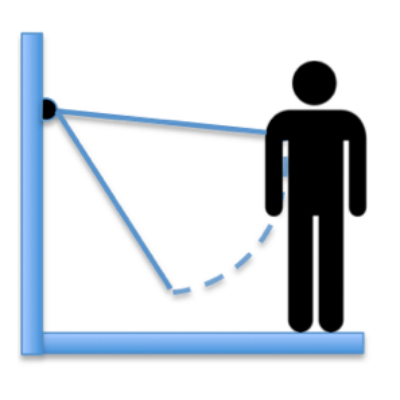
Restraint at its simplest. The Lanyard length will not allow the user to reach a position where free fall could occur. |
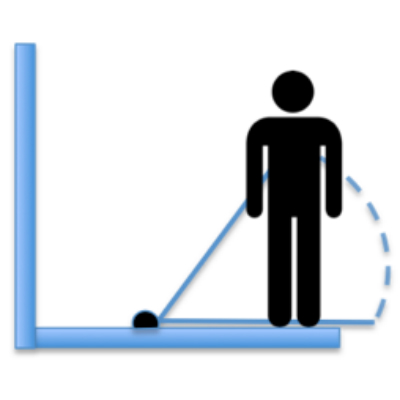
This system uses the same length lanyard as the previous. The position of the anchor means the user is working in fall arrest. |
The change in the standard has gone a long way in ensuring that the user will be safe in the case of an accidental fall. The restraint technique still however, has potential to be misused.
When using fall arrest equipment there is a perception that the shock pack of the lanyard may tear out and that it shouldn’t be used. An energy absorber that complies to the standard has to hold a minimum of 200kgs before extending and will only pull out in the case of free fall. Removing the shock pack from the system may cause the remaining components of the system to fail.
Using the “restraint technique” can be seen as a replacement for a rescue plan. The “restraint technique” is no replacement for the development of a suitable plan to retrieve a fallen worker if there is a risk of a fall.
You should not be able to fall when you are using the “restraint technique”. If there any likelihood of a fall you are either working in fall arrest or not using the “restraint technique” correctly.
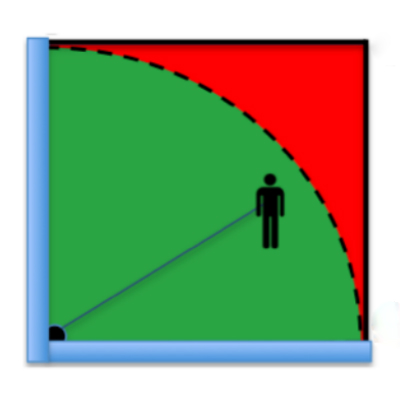
There is potential for free fall if the user adjusts his lanyard into the red zone. This is why restraint equipment has been removed from the scope of the standard. |
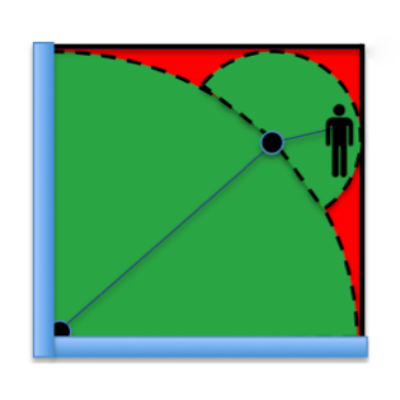
The addition of an extra anchor allows a greater area to be covered using the restraint technique. Care still needs to be taken to ensure the user is not exposed to fall arrest. |
The misclassification of a work area as suitable to use the “restraint technique” can also occur. Some likely scenarios are working
- On an inclined surface where there is a chance of a sliding fall of greater than 600mm
- In an area that is mainly total restraint but has small areas where a fall is possible
- On a surface where there is a risk of falling through the surface
- Using restraint equipment to prevent a person falling out of a platform but not in the event of a platform failure.
Using the restraint technique to prevent you from falling is preferable to a using a fall arrest system to catch you if you fall. A clear understanding of how to use the “restraint technique” will eliminate the dangers associated with classifying the work zone incorrectly. Download this article as a PDF.
